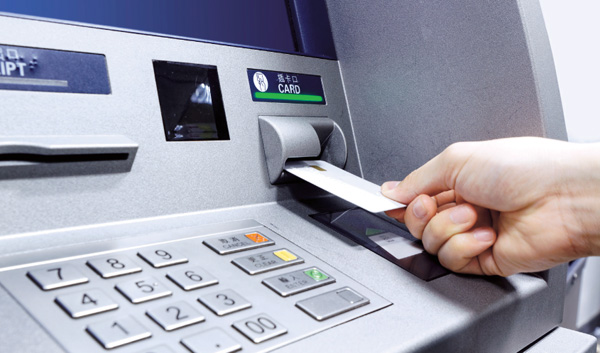 CU Times will celebrate its 25th anniversary next month. To make the milestone fun for our readers, we're preparing a special print issue and will share throwback stories from 1990 in print and online.
CU Times will celebrate its 25th anniversary next month. To make the milestone fun for our readers, we're preparing a special print issue and will share throwback stories from 1990 in print and online.
Like credit unions planning a membership drive, we considered including a prize drawing in the mix. The tried-and-true method does produce entries and also provides valuable personal consumer information.
However, unless the process is automated, it can be ultimately inefficient. We already have a very robust mailing list, so to gain my buy-in, it would have to be turnkey.
Recommended For You
And even then, success will ultimately depend upon the prize.
As usual, I was sure I had the best prize idea: $25,000 worth of plastic surgery. Who wouldn't like to look in the mirror and see the 1990 version looking back? I'm not too proud to admit I would.
I'm sure credit union leaders would also love to return to the relatively quaint issues of 1990. Granted, that was in the pre-H.R. 1151 era, when credit unions faced even greater membership restrictions.
But back in 1990, the most urgent account safety advice printed in credit union newsletters (on glossy, heavyweight paper inserted into paper statements, of course) recommended travelers keep a list of credit card numbers in the safe provided in their hotel rooms in case their wallet or purse was stolen. The closest thing to cybersecurity in 1990 was a USPS-approved mailbox with a lock and key.
Twenty-five years ago, credit unions were rolling out products and services that are already out of favor with millennial consumers today. You can see an example of that in this week's editorial cartoon, in which a millennial turns up her nose when offered a credit union mortgage and debit card.
What the cartoon didn't show was a middle-aged Gen Xer with a good credit score and great noninterest income generating habits in the background, showing interest but being ignored. But that's a topic for another column.
Stepping back to look at the big picture, the American workplace has also drastically changed since 1990. It blows my mind to remember I didn't even have an email account then, much less a smart phone. Working remotely required a fax machine, beeper and corporate FedEx account.
Onsite business development site visits might someday become a thing of the past, but credit unions will still have opportunities to provide employee benefit value to SEGs. It will just happen digitally instead. Eventually, however, even SEGs might someday exist only as an exhibit at America's Credit Union Museum.
A few days ago, I had lunch with SchoolsFirst FCU President/CEO Bill Cheney. When the discussion turned to education and technology, my head started to spin. A friend of mine homeschools her elementary school-aged son using an online service. The virtual classroom looks a lot like your basic webinar platform. A teacher presents the information as the kids follow along with their eBooks.
They can ask and answer questions, receive assignments and even pass instant message notes to friends using the system. This service takes the pressure off my friend, who didn't plan to homeschool and doesn't have a teaching degree. By limiting parental responsibility to making sure the child pays attention to the online class, completes homework and studies for tests, I think this business model greatly improves homeschool appeal for parents.
The cost of maintaining physical school buildings and facilities continues to climb, as does the risk of violence and the cost of liability insurance. I think it's safe to assume school budgets won't increase at the same rate as those costs. It seems like internet elementary, middle and high school will become more common.
I shared that thought with Bill, who agreed online education was a trend, pointing to online colleges and university courses as further evidence.
Of course, I stopped short of asking Bill what would happen to SchoolsFirst if every fifth grader in America logged in to the same website and were taught by just one teacher. I probably wouldn't have noticed him turn pale in the Southern California sun – we were dining on the patio in the 80 degree weather – but I would like to have lunch with him again someday.
It's anecdotal, but the example illustrates the task the NCUA faces as it writes FOM and charter rules that are more than just cosmetic surgery.
Heather Anderson is executive editor of CU Times. She can be reached at [email protected].
© 2025 ALM Global, LLC, All Rights Reserved. Request academic re-use from www.copyright.com. All other uses, submit a request to [email protected]. For more information visit Asset & Logo Licensing.







